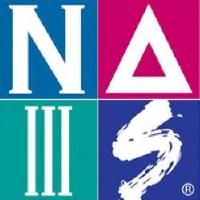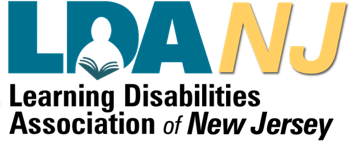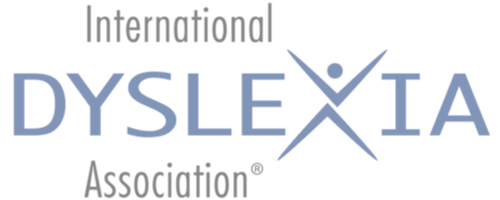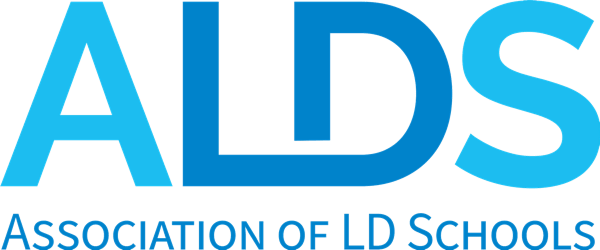The Craig School Lower School, comprising grades 2 through 5, is a comprehensive, integrated curriculum focusing on the foundational skills specific to the needs of students with language-based learning disabilities. A full spectrum of assistive technology and educational software complement the academic program.
The language arts curriculum is a sequential, systematic, multisensory method of instruction moving from simple sentence structure to more complex sentence structures. Graphic symbols representing sentence parts and their functions along with progressively challenging interaction, analysis, classification, and organization of fictional text and informational text to develop high-level thinking and test-taking skills are hallmarks of the program. In addition to the dimensions of spelling, oral language, listening comprehension, and writing, the National Reading Panel’s five critical components of reading instruction (phonemic awareness, phonics, fluency, comprehension, and vocabulary) are incorporated into the language arts curriculum and embedded throughout all subject matter, whether science, social studies, or math.
The reading curriculum at The Craig School is based on the Orton-Gillingham Approach. It is most properly understood and practiced as an approach, not a method, program, system, or technique. In the hands of a well-trained and experienced instructor, it is a powerful tool of exceptional breadth, depth, and flexibility. The reading curriculum is individualized to meet each student’s needs and follows the logical order of language. It is based on concepts previously learned which are taught in a deliberate and direct manner with continuous student-teacher interaction. Instruction is based on on-going formal and informal assessment, moving the student to mastery, that is, reading with automaticity, fluency, understanding and with expression. The reading curriculum may be described under the larger curricular umbrella of Structured Literacy which prepares students to decode words in explicit and systematic ways through the following concepts:
In addition to Orton-Gillingham Approach, the language arts and reading curricula uses Project Read Written Expression, Project Read Phonology, Project Read Linguistics, Wilson Reading System, Benchmark Word Identification, Lexia Phonics, Reading S.O.S., Lindamood Phonemic Sequencing (LiPS), Read Naturally, Great Leaps, Project Read Story Form, Project Read Report Form, Visualizing & Verbalizing, Note and Notice, Morphology, and Assistive Technology and educational software such as Read & Write, Learning Ally, Kami, and IXL.
The Craig School math curriculum is rooted in multi-sensory learning, using sequential and direct instruction. Orton-Gillingham Math, used in grades 2 through 5, which refers to a multisensory approach that follows a progression of concrete - pictorial and abstract.
A variety of methods are used to present materials to students along with concept guides to summarize lessons, activities, and problem solutions. Additionally, students at The Craig School complete the beginning of the year math assessment to ensure the curriculum is responsive to the individual students’ needs. Math teachers have completed Orton-Gillingham training, providing an additional tool to recognize student strengths and areas for further development.
The science and social studies curriculums are based on the New Jersey Student Learning Standards. Both science and social studies classes take a multi-sensory, hands-on approach at the lower school levels to teach background knowledge, content vocabulary, learning skills, and content knowledge.
For more information on ways of giving or to make a donation online you can clicking here.





